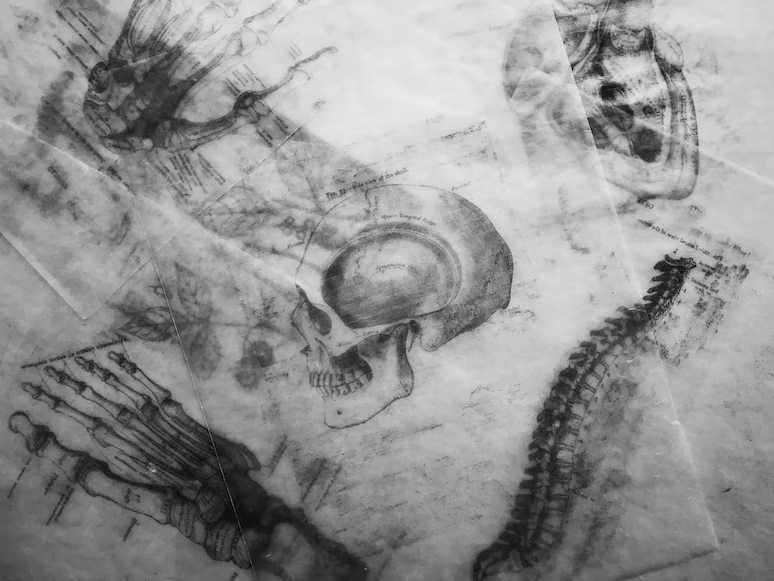The human body is an amazing thing. It is constantly changing and adapting to its environment. As future healthcare professionals, it is important that we understand as much as possible about how the human body works. Thankfully, there are many ways to learn more about the human body. In this blog post, we will explore some of the most effective ways to learn useful information about the human body. By implementing these techniques, you will be able to gain a greater understanding of how the human body works and how to best care for it.
Earn a degree or take an online course
Investing in your education is one of the most important steps you can take toward building a successful career. A college degree can open so many doors for experts including lifetime earning potential, improved skills and knowledge, greater job security and the ability to move up within an organization. Alternatively, taking an online course or two offers the benefit of doing further training without having to commit to a full-time curriculum. You can gain new certifications that are relevant to your current job or learn about something new that may lead you into a completely different field. Deciding between earning a degree or taking an online course may depend on your goals and level of commitment, but if done effectively either path has the potential to set you up for long-term success.
Learn through videos
For those looking to quickly and efficiently learn a new skill, watching videos can be an effective strategy. Videos are often more engaging than simply reading text, as visuals can help contextualize and explain the content easier than words alone. When learning through videos, it’s important to consider both the quality of the video itself and the instructor’s teaching style. Watching a series of high-quality videos presented by a skilled teacher can make all the difference when it comes to comprehension and retention of information. With the power of today’s technology, anyone can gain access to an array of online tutorials and classes through various platforms, allowing learners to benefit from virtual instruction from anywhere in the world.
Watch documentaries or read articles
Documentaries and articles provide us with an excellent way to learn more about the world around us. Not only are they a great source of information, but they also present complex topics in a visually stimulating and interesting way. By watching documentaries or reading articles, we can become well-informed on a range of subjects and expand our knowledge. A benefit of these forms of media is that they often include both factual information and personal perspectives on the topic at hand, giving a full look that allows for a more holistic understanding than one might get from solely looking up facts or attending lectures. Documentaries and articles can be invaluable resources for those wanting to learn something new or better comprehend the nuances of various issues in today’s society.
Take part in experiments or dissections
Experiments and dissections can be great ways to learn more about the world we live in. From testing scientific theories to learning anatomy, taking part in experiments and dissections can provide valuable insight into the complexities of the natural world. It is common for experiments and dissections to be conducted in a laboratory environment, however there are other opportunities for individuals looking to get hands-on experience with science outside of the classroom. Nature reserves, zoos, aquariums, and botanical gardens are excellent places to bring your curiosity of nature alive by participating in first-hand educational experiences that facilitate exploration and discovery.
Study anatomy through art
Art and anatomy have been entwined throughout history and to this day. Art can provide an engaging and visually stimulating way to study the intricate details of the body’s structure. By investing in anatomical artworks, you are able to visualize inner connective systems and systems of flow that would otherwise remain hidden away. By examining these artworks made specifically with the purpose of showcasing human anatomy, students of medical science can gain a better understanding than ever before about how our bodies work. Through detailed artwork focused on anatomy rather than simply studying human physiology through text, a much more interactive engagement with the subject is possible. Art, therefore, holds potential to help us all dive deeper into exploring our own physical architecture within ourselves as well as externally among others.
Use apps, games, and simulations
Apps, games, and simulations can be powerful and highly effective learning tools when they are properly and strategically implemented into the curriculum. With their immersive graphics and user-friendly platforms, apps, games, and simulations allow students to engage with various topics in an interactive way that is unlike more traditional educational methods. Additionally, these platforms can build upon higher level concepts such as creative problem solving and collaboration by offering students the opportunity to test theories or collaborate on tasks that are assigned. Ultimately, the use of these strategies provides an innovative learning approach for educators today.
In order to be a good future medical professional, it is important to learn about the human body and how it works. The more you know about the human body, the better prepared you will be to handle any situation that comes your way. Thanks for taking the time to read this blog post. We hope that you have learned something new that you can use in your studies.
